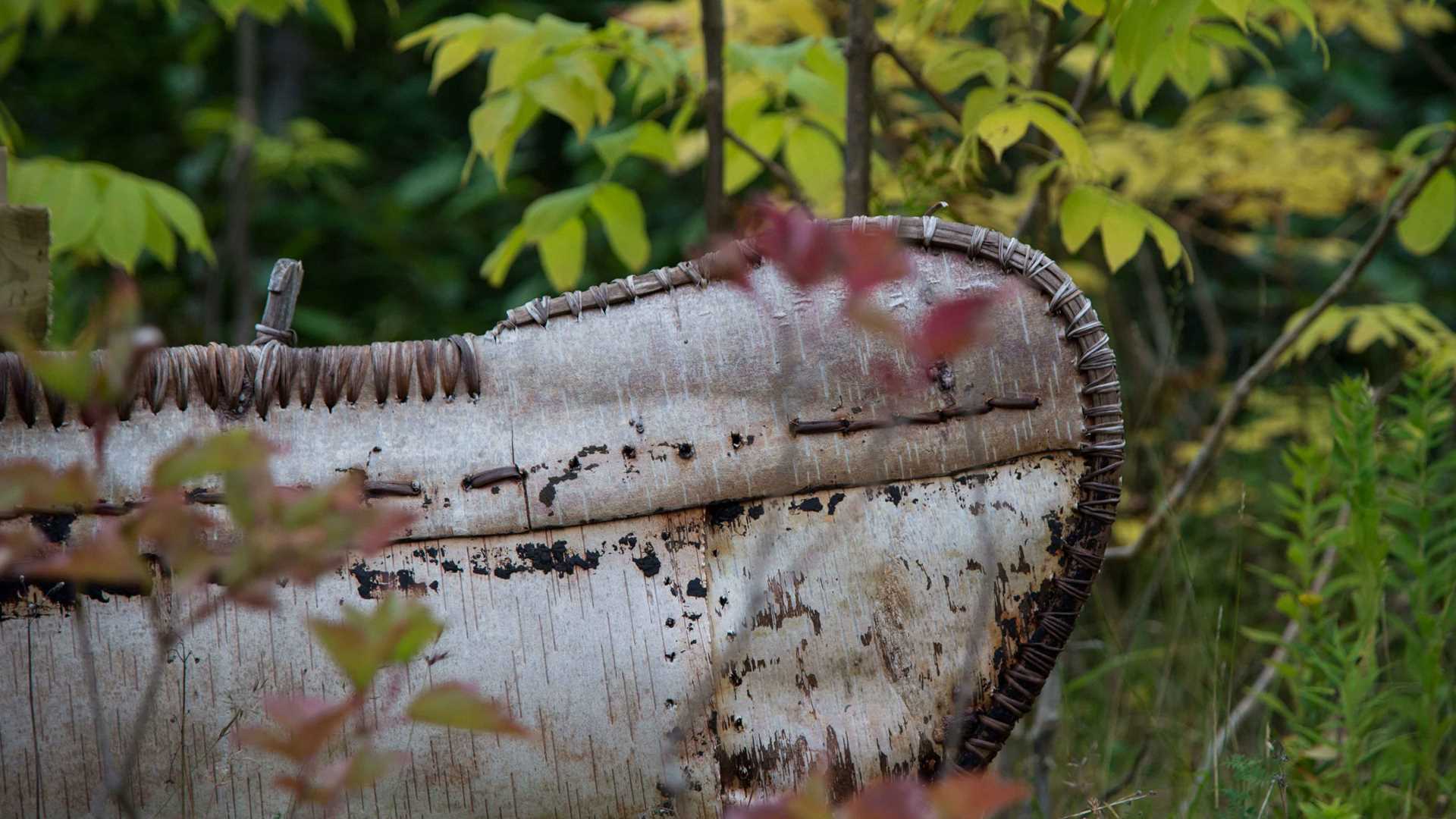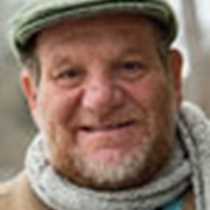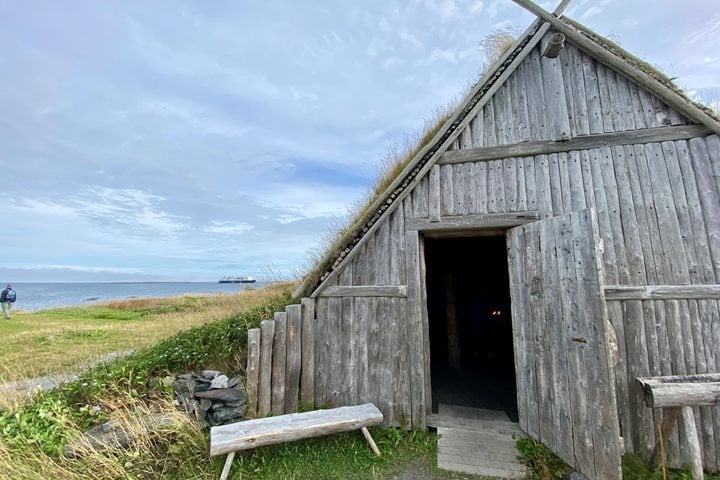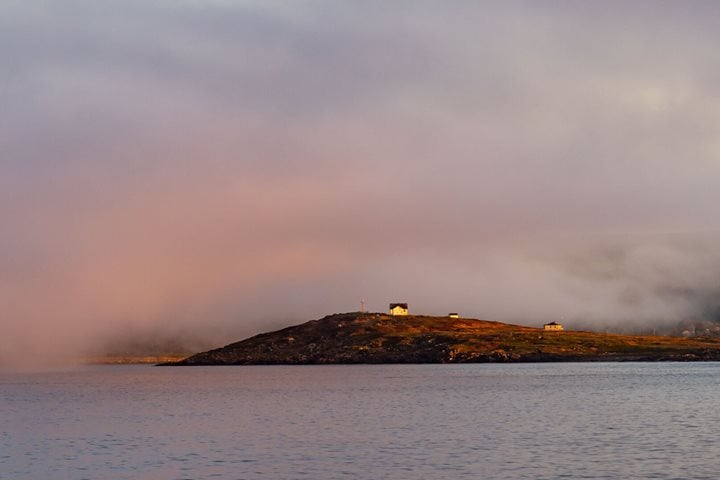Imagine if you will, the collision of continents, the earth itself moving beneath you as one continent swallows another. Fiery eruptions, catastrophic earthquakes, and the sea around you churning with tidal waves the size of which are indescribable. Then, in an about face, the massive continents began to separate again, creating the present day Atlantic Ocean. Such was the scene at the area of Newfoundland we visited today. Of course, all of this took a mere hundreds of millions of years, so the drama I described might have been a bit more, shall we say, low key. The continents did collide, and the sea floor did get pushed to the surface to create the mountains known as the Tablelands, and the landforms separated again causing the Atlantic Ocean to form, but if you had lived long enough to witness the whole thing you might not have noticed the change for some time. There is a reason the term “geologic time scale” means a very long time.
We may not have been thinking about all that had happened here so many years ago, but, by the time we finish our day this place of remarkable beauty would mean so much more to us. There are many ways to explore Gros Morne National Park, the World Heritage site on the western shore of Newfoundland, and we would divide into groups to discover this wondrous place in our own different ways. In the morning, my group took a bus to an interpretive center to see a film describing the history of the land around us. Afterwards, we continued to the Tablelands, an area where the sea floor of the Iapetus Ocean was pushed to the surface when the continents of Laurentia and Gondwana collided. The heavy metal content of the rock does not allow much plant life to grow, causing the surrounding land to look more like a Marscape than planet Earth. We learned how this special park proved the existence of the movement of the tectonic plates that float in a sea of magma to form the surface of the earth. We discovered wondrous adaptations of the plants that are able to eke out a living on this barren ground. Then it was back to the ship for some warm food, and the relocation of the ship.
My afternoon group would explore on foot, with a hike to the Western Brook Pond. The area of Western Brook Pond is very different than the Tablelands we visited in the morning. At Western Brook the landscape was created not by the movement of tectonic plates, but by the movement of glaciers across the land. Here, ice carved the stone and separated the mountains in the distance and forming the great lake that we would hike to. The journey through the bog covered plains was an easy one thanks to the wonderful boardwalk that we used to penetrate into the landscape. Once again plants that have developed very diverse techniques to survive this very inhospitable habitat. Walking among sections of boreal forests, we could also see the evidence of the severe weather that Newfoundland has to endure. Twisted tree trunks gave the trees a deformed look, and although we were in mature forests, the growth of the trees was stunted because of the constant bombardment of winter winds. The hike took about 50 minutes to reach our destination, and at the end, we were rewarded with a spectacular view of the pond and the highlands that once contained the river of ice. All in all, an excellent day in one of Newfoundland’s most beautiful parks.







